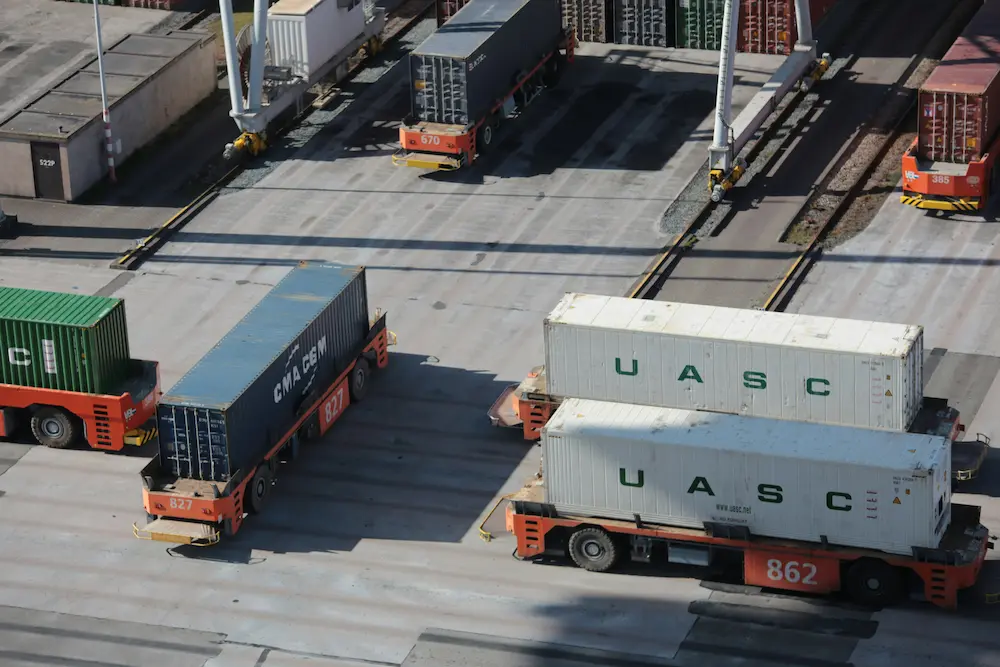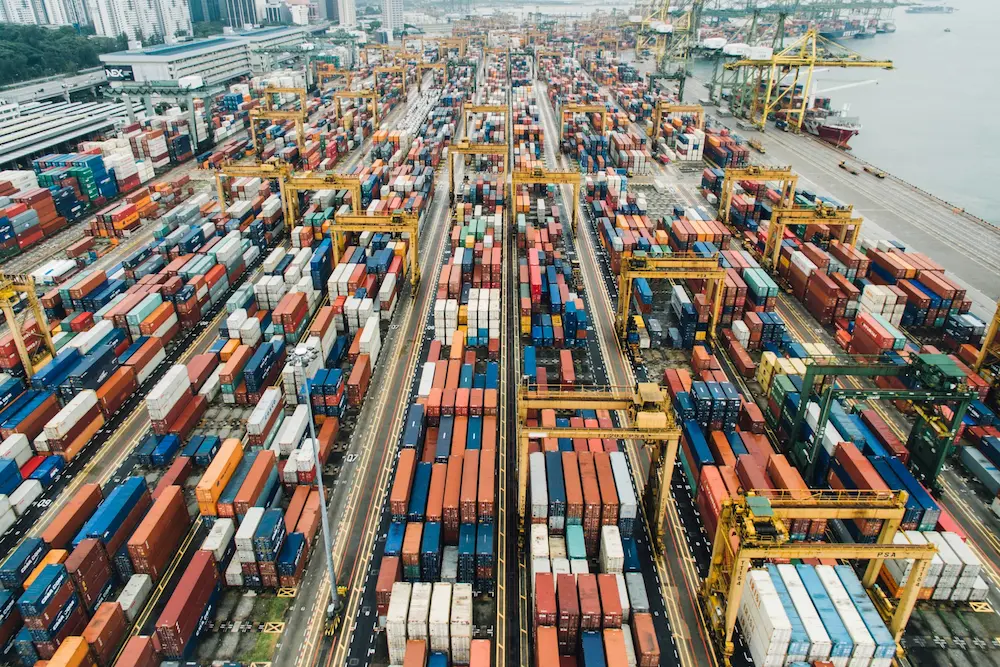The logistics industry has undergone a remarkable transformation, driven by the relentless pursuit of consumerism and unparalleled technological advancements. Because of this renaissance, businesses are constantly exploring how to improve the big three of logistics, including finding innovative solutions to streamline operations, optimize efficiency, and deliver exceptional customer experiences. The integration of cutting-edge tech has genuinely revolutionized how goods and services are moved and managed throughout a highly complex global supply chain.
While the logistics industry has always been highly attuned to the need to stay on top of new advancements, embracing modern options has become vital if they want to remain relevant. Companies are no longer merely seeking operational improvements but are actively pursuing transformative strategies that redefine the very essence of logistics operations.
Real-Time Tracking For Efficient Delivery
Real-time tracking has been around for some time now (pretty much since the mainstream adoption of GPS), but over time, it has become far more refined and better able to show both businesses and customers where their packages are more precise than ever. Interestingly, this form of tracking has become much better utilized when it comes to sea container tracking, which has been notoriously challenging. Businesses can gain unprecedented visibility into their shipments’ whereabouts by leveraging GPS, RFID, and other innovative technologies. Not only does this degree of transparency improve operational efficiency, but it also increases consumer happiness by providing accurate delivery estimates, which enable businesses to reduce waste and, in theory, at least reduce costs for the final customer, thus making them more competitive.
Moreover, real-time tracking equips companies with valuable data insights, allowing them to identify potential bottlenecks. By staying ahead of possible disruptions, businesses can proactively mitigate risks and ensure smooth, on-time deliveries. As demand will only increase over the coming years, the demand for more reliable and accurate shipping will grow in unison. Those logistical operations that invest in this kind of tech will enable them to potion themselves to meet the demand.
Streamlining Supply Chain Processes
By integrating advanced solutions, businesses gain incredible visibility and control over their supply chain operations. From real-time tracking, as discussed previously, to predictive analytics, the various tools designed for the task allow enterprises that engage heavily in logistics to identify any and all inefficiencies that could scupper operations and make decisions more in line with their business models. One prime example of this is inventory management systems that allow businesses to monitor what stock they have on hand. When combined with analytics, they can even produce suggestions of what items are most popular on which dates. This is a massive boon as it really puts the ball back in the court of all businesses, from the very smallest to the very largest.

Automated Inventory Management
Effective inventory management is crucial for businesses to maintain operational efficiency and meet customer demands promptly. Companies encounter shifting seasonal needs and unpredictable purchasing habits due to the ever-changing nature of the industry. Automated inventory management systems have emerged as a powerful solution, enabling businesses to adapt to these changes seamlessly. These advanced systems leverage cutting-edge technologies, providing accurate and up-to-date stock-level information. By automating the tracking and monitoring processes, businesses can minimize human error and ensure precise inventory records. The capacity to optimize stock levels using past sales data and future demand forecasts is a major benefit of automated inventory management. This proactive approach helps companies avoid overstocking, which can tie up valuable capital, or understocking, which can lead to lost sales opportunities.
Enhancing Warehouse Operations With Robotics
In the pursuit of optimizing efficiency and productivity, warehouses are increasingly turning to robotics as a transformative solution. The integration of advanced robotic systems into warehouse operations has become a strategic move for companies aiming to stay ahead in the competitive logistics industry. If you need a great example of how robotics and a business that is melded into the very psyche of logistics can work together, look no further than Amazon. One of the primary drivers behind the adoption of robotics is the need to streamline processes and reduce labor-intensive tasks. Robotic systems can automate repetitive and physically demanding activities, such as picking, sorting, and moving goods within the warehouse. This increases operational speed and minimizes the risk of human error and injury.
By leveraging sophisticated sensors and software, these systems can precisely track and locate items within the warehouse, ensuring efficient order fulfillment and minimizing stock discrepancies. The use of robots is becoming more attractive as companies try to keep up with the rising demands of e-commerce and Just In Time (JIT) delivery models. Warehouses can handle orders faster, minimize turnaround times, and increase customer satisfaction through timely deliveries.

Data Analytics For Creating Optimal Supply Chains
In order to improve productivity and cut costs, more and more companies are using sophisticated analytical methods to learn more about their customers and make better decisions. Businesses can find trends, patterns, and possible supply chain bottlenecks by using data. With this data in hand, they can anticipate problems and devise plans to cut down on waste, improve efficiency, and lessen the likelihood of interruptions. In addition, data analytics is vital for demand forecasting, which helps businesses prepare for future demands and inventory levels. Companies may make informed predictions and stock up on the correct products when they analyze sales data, market trends, and other pertinent aspects. The capacity to optimize logistics networks and transportation routes is another significant benefit of data analytics in managing one’s supply chain. Companies can find the most cost-effective and environmentally friendly transportation options by analyzing data on delivery schedules, fuel prices, and traffic patterns.
GPS Technology For Accurate Route Planning
Efficient route planning is paramount for timely deliveries and cost-effective operations and is the core of logistics. The integration of GPS into almost all facets of this process has enabled real-time data and precise route optimization. GPS tracking systems allow logistics companies to monitor their fleet’s movements and locations with pinpoint accuracy. This invaluable information empowers dispatchers and route planners to make informed decisions, factoring in variables such as traffic conditions, road closures, and weather patterns. Moreover, GPS technology plays a crucial role in ensuring on-time deliveries and enhancing customer satisfaction. Real-time tracking enables companies to provide accurate estimated arrival times, allowing customers to plan accordingly and minimizing potential delays or miscommunications.
Technology has reshaped the logistics industry, driving efficiency, accuracy, and cost-effectiveness. As businesses continue to embrace these advancements, they can adapt to evolving market demands, making their operations fluid and seamless regardless of what the world might throw at them.









